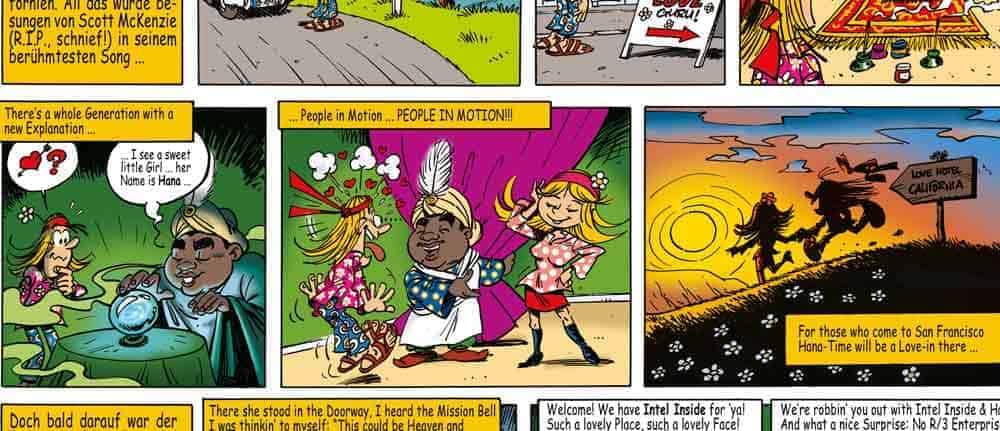Bimodal Walldorf


The analysts at Gartner invented it: bimodal IT. Two states simultaneously in one system:
Mode one is the traditional way - slow, safe, evolutionary. IT with a strong CIO who looks at security, budget and stability.
Mode two is creative chaos. Here, everyone gets a say and the CIO has to orchestrate it. What is good today may be deleted from the hard drive tomorrow.
Development and application happen simultaneously. No longer do the big eat the small (mode one), but the fast overtake the slow (mode two).
In the IT scene, the new Gartner paradigm is very much in vogue: planning is replaced by error. This bimodal IT is not unlike an anti-authoritarian parenting style: The CIO knows exactly what is necessary (parent role), but the users (child role) are allowed to do what they want.
SAP's existing customers know exactly what is good and right. From a long R/2 and R/3 suffering experience, many have arrived in a safe haven with ERP 6.0.
The Odyssey seemed to be over, the existing customers were no longer to be sufferers, as poor Odysseus was during his odyssey. For a short time, it seemed that Walldorf might be a happy place. But then the schizophrenic spirit of SAP awoke!
While many existing SAP customers were enjoying the R/3 Enterprise successor ERP 6.0, new nasties were being invented in Walldorf.
SAP did not want to accept a satisfaction mode and increased the annual maintenance fee to 22 percent, recommended after ESA first SOA then ESR, built a new database and made it the platform, finally they presented the successor of Business Suite 7 with the slightly confusing name S/4 - an absolutely erratic series: R/2, R/3, ERP 6.0, S/7 and now S/4.
The due diligence (mode one) of SAP's existing customers is contrasted by the disruptive innovations (mode two) of the Walldorf-based company. Bimodal IT has been around in the SAP community for over ten years!
People have become accustomed to the condition that while corporate IT must be a stable and reliable factor, SAP is allowed to indulge in every foolishness and revolution.
The mathematician defines a bimodal distribution as a probability or frequency distribution with two modes. The probability of encountering schizophrenic behavior in Walldorf is very high:
Oracle or Hana, on premise or cloud computing, Java or Abap, S/7 or S/4, Hana on Intel Xeon or IBM Power, etc. etc.
The latest prank from Walldorf: S/4 is not a legal successor to any existing SAP ERP software. Accordingly, there is no sure path from A to B. What works in mode one does not necessarily apply to mode two.





